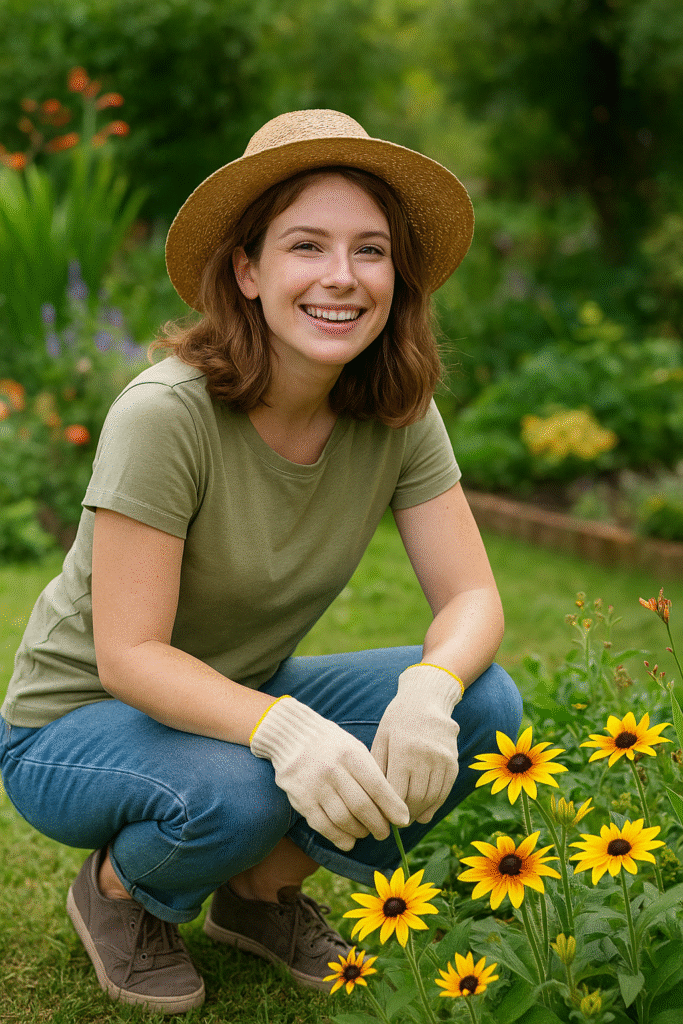12 Common Gardening Mistakes Beginners Should Avoid: Easy Fixes for a Thriving Garden
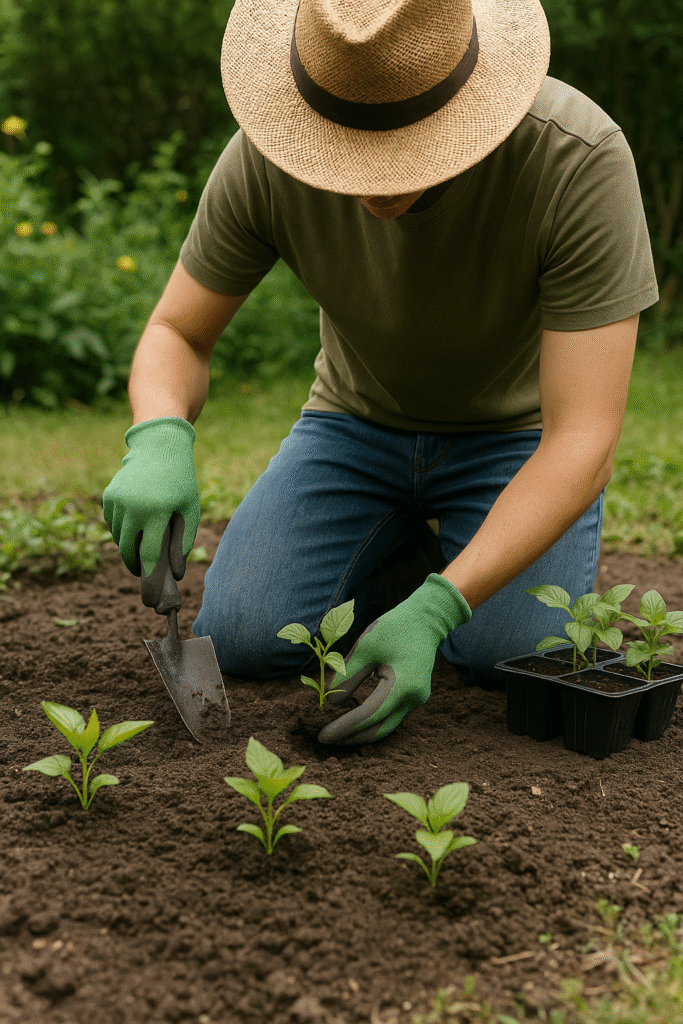
Starting a garden is exciting, but if you’re new to gardening, it’s easy to run into problems. The good news? Most beginner gardening mistakes are completely avoidable with a little knowledge and preparation.
In this guide, I’ll walk you through 12 of the most common gardening mistakes beginners make—and how you can avoid them to grow a healthier, happier garden from day one.
1. Starting Without a Plan
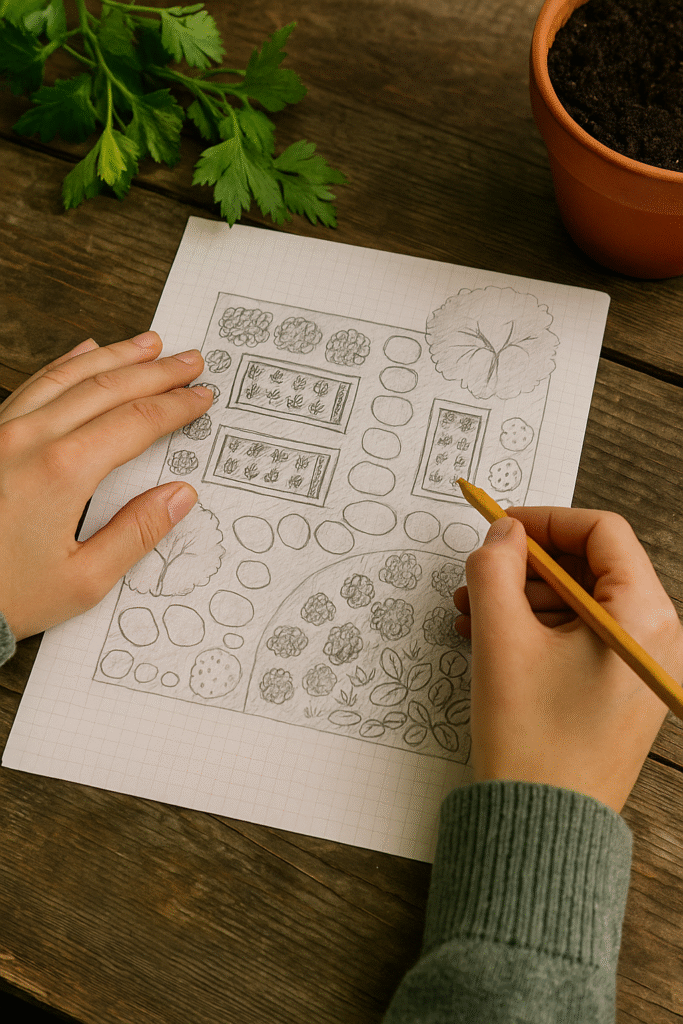
Jumping into gardening without a clear plan is one of the most common beginner mistakes.
Why It’s a Problem:
- Random planting leads to overcrowding or dead plants
- Some plants need full sun, while others prefer shade
- You might waste time and money buying the wrong plants
Easy Fix:
- Sketch a simple garden layout
- Map out where each plant will go based on sun, soil, and space
2. Choosing the Wrong Plants for Your Climate
Not every plant will thrive in your region, no matter how much you love it.
Why It’s a Problem:
- Some plants won’t survive your winters or summers
- You’ll waste time and money on plants that won’t grow
Easy Fix:
- Check your USDA Hardiness Zone or local climate recommendations
- Shop for plants labeled as “hardy” in your zone
3. Overwatering or Underwatering
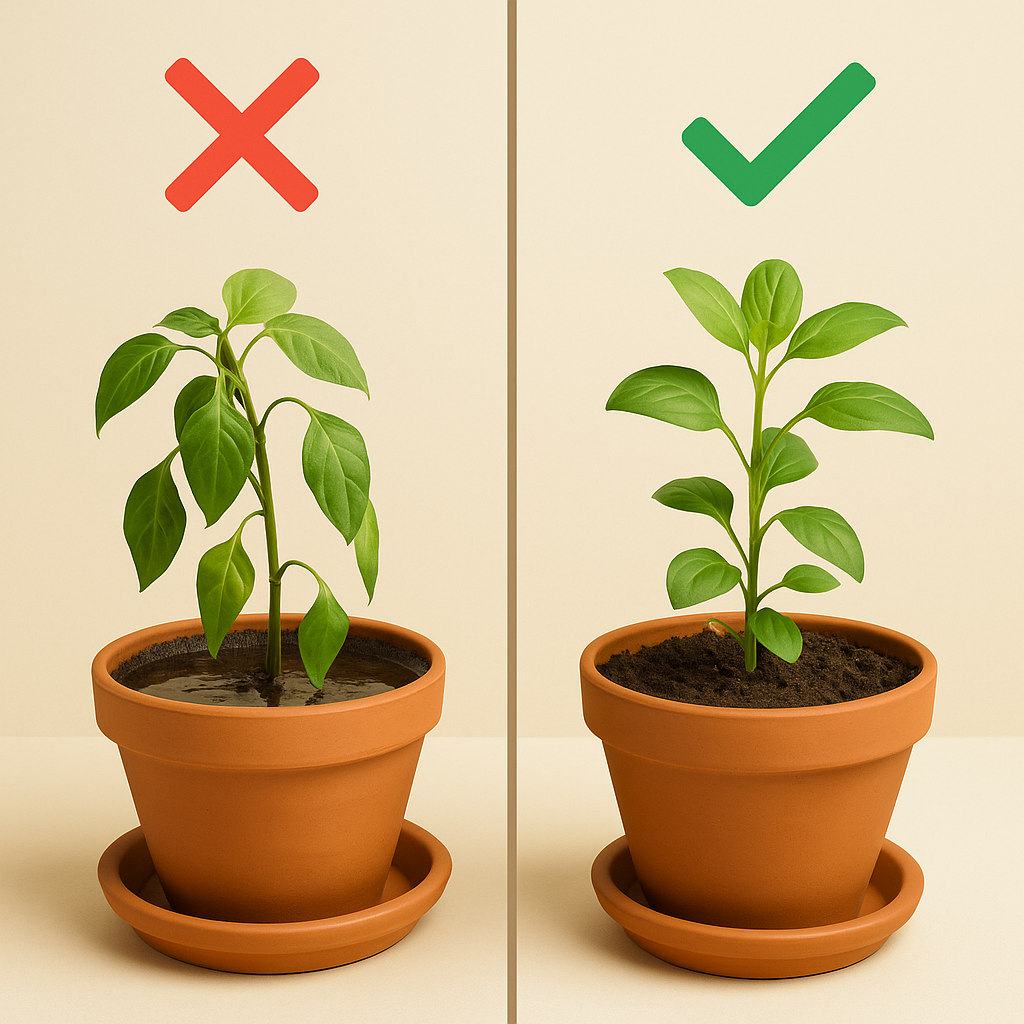
New gardeners often think more water is better, but both overwatering and underwatering harm plants.
Why It’s a Problem:
- Overwatering can cause root rot
- Underwatering leads to wilted, stressed plants
Easy Fix:
- Learn the specific watering needs of each plant
- Use mulch to help soil retain moisture
- Stick your finger in the soil—if it’s dry 1–2 inches down, it’s time to water
4. Ignoring Soil Quality
Many beginners plant directly into the ground without checking soil health.
Why It’s a Problem:
- Poor soil leads to weak plants and low yields
Easy Fix:
- Test your soil with a basic kit
- Add compost or organic matter to enrich the soil
- Use raised beds if your native soil is too compacted or poor
5. Planting Too Close Together
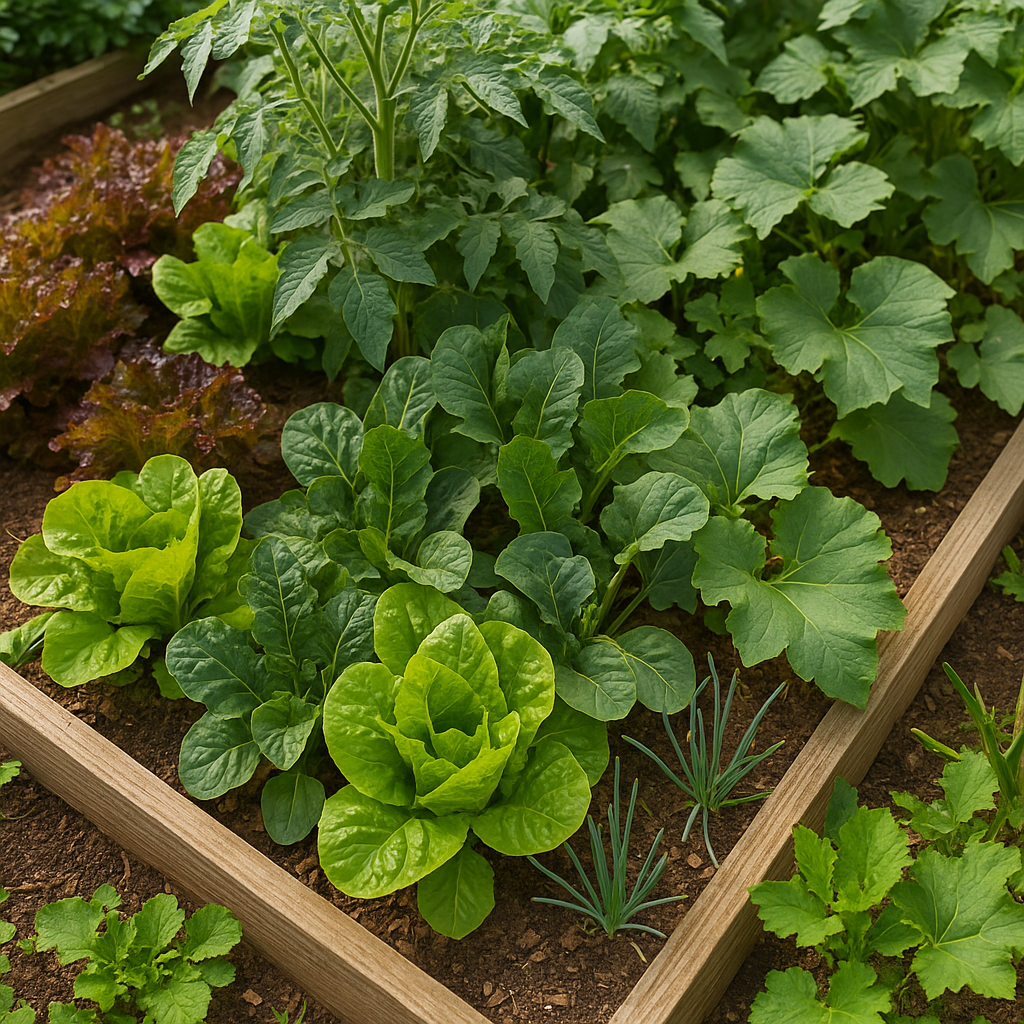
It’s tempting to squeeze in as many plants as possible, but overcrowding is a big mistake.
Why It’s a Problem:
- Plants compete for water, nutrients, and light
- Poor air circulation leads to disease
Easy Fix:
- Read the plant tags or seed packets—they’ll tell you the proper spacing
- Give plants room to grow
6. Not Considering Sunlight Requirements
All plants have different sunlight needs.
Why It’s a Problem:
- Sun-loving plants won’t bloom in the shade
- Shade plants will scorch in full sun
Easy Fix:
- Observe your garden’s sun patterns throughout the day
- Group plants by their light preferences
7. Forgetting About Drainage
Plants don’t like “wet feet.” Poor drainage is a common beginner problem.
Why It’s a Problem:
- Standing water leads to root rot and mold
Easy Fix:
- Use raised beds or containers if your soil drains poorly
- Avoid planting directly in clay-heavy soil without improving it
- Make sure pots have drainage holes
8. Skipping Mulch
Mulch isn’t just for looks—it’s a garden essential.
Why It’s a Problem:
- Without mulch, you’ll battle weeds and lose moisture quickly
Easy Fix:
- Apply 2–3 inches of mulch around plants to:
- Suppress weeds
- Conserve water
- Regulate soil temperature
9. Ignoring Pest and Disease Prevention
Beginners often wait until pests become a major problem before taking action.
Why It’s a Problem:
- Small infestations can turn into garden disasters overnight
Easy Fix:
- Check plants regularly for pests and damage
- Use natural deterrents like neem oil or companion planting
- Attract beneficial insects like ladybugs and lacewings
10. Neglecting Regular Maintenance
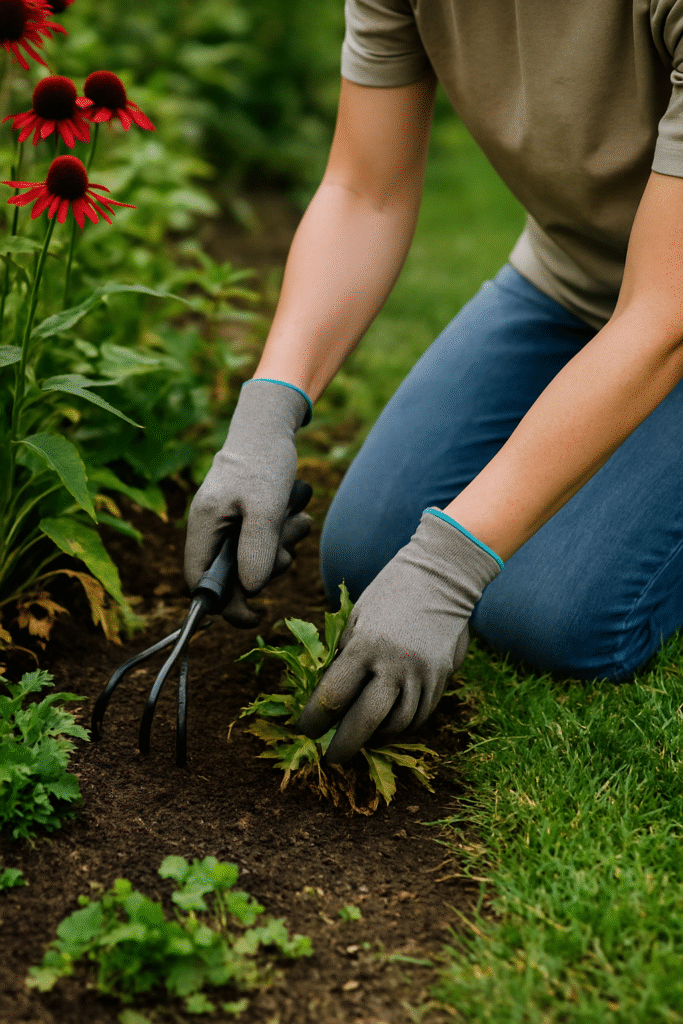
Gardens need ongoing care—not just planting and watering.
Why It’s a Problem:
- Weeds take over
- Plants get overgrown and unhealthy
Easy Fix:
- Set a weekly garden check-in for:
- Weeding
- Deadheading spent blooms
- Checking for pests
- Tidying up beds
11. Overcomplicating the Garden
It’s easy to get carried away with too many plants or projects all at once.
Why It’s a Problem:
- Leads to overwhelm and burnout
Easy Fix:
- Start small and simple
- Focus on a few easy plants like herbs or low-maintenance flowers
- Expand as your confidence grows
12. Getting Discouraged by Setbacks
Every gardener makes mistakes—that’s how you learn!
Why It’s a Problem:
- Some beginners give up too soon after a few failures
Easy Fix:
- Treat gardening as a learning process
- Celebrate your successes, learn from your mistakes, and keep going
Conclusion
Starting a garden is a journey—not a race. By avoiding these common gardening mistakes, you’ll set yourself up for success and enjoy healthier plants, better harvests, and more time to relax in your outdoor space.
Remember: Every gardener starts as a beginner. The key is to keep learning, keep growing, and have fun!
